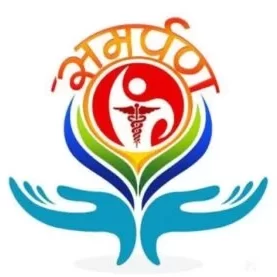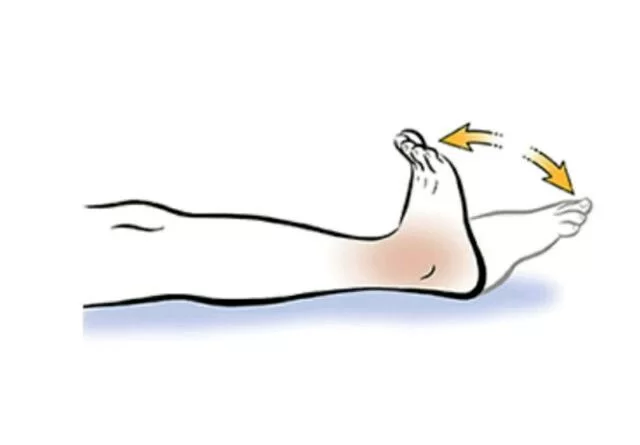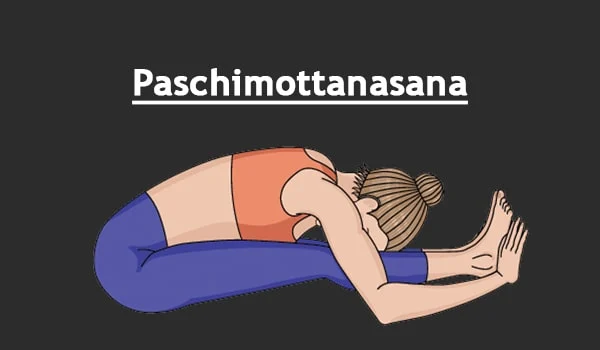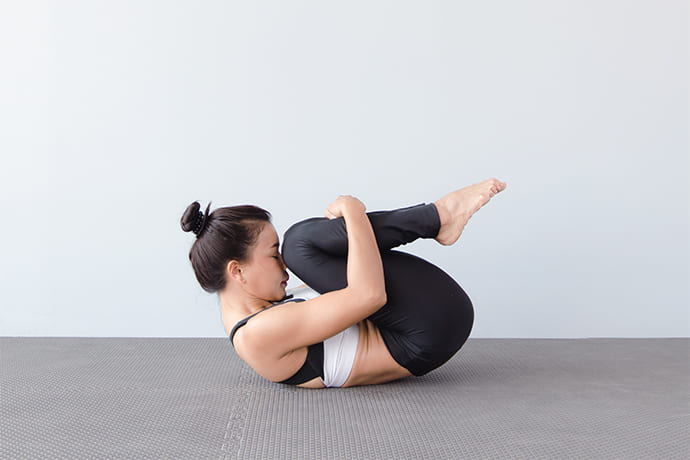Bhramari Pranayama (Bee Breath)
Table of Contents
What is Bhramari Pranayama?
Bhramari Pranayama (Bee Breath) is a calming yogic breathing technique that involves producing a gentle humming sound like a bee during exhalation. It helps reduce stress, anxiety, and anger while promoting mental clarity, relaxation, and focus.
The black Indian bee known as Bhramari is the source of the name of the Bhramari pranayama breathing method. Bhramari pranayama effectively calms the mind in an instant. It is one of the strongest breathing techniques to significantly reduce anger and clear the mind of agitation, annoyance, or worry. It’s an easy method that can be used at home or at work and is a quick way to reduce tension.
This pranayama’s name comes from the fact that its exhale is similar to a bee’s usual buzzing sound.
Types of Bhramari Pranayama
Bhramari Pranayama’s simplest form involves sitting comfortably, using the thumbs to close the ears, and humming while exhaling. The goal for beginners should be to hum softly without straining.
Shanmukhi Mudra (Six-Faced Gesture) is occasionally used in more complicated versions. To increase the feeling of inner quiet, apply pressure to the hands to close the lips, nose, ears, and eyes. Deeper focus and mindfulness are made possible by the practitioner’s longer, more concentrated hum.
In guided practice, a teacher guides the practitioner, assuring perfect technique and alignment. Unguided practice requires the practitioner to follow the stages on their own while keeping their attention on the breath and sound. For new learners, guided practices are frequently the best option.
Benefits of Bhramari pranayama
Benefits of Bhramari Pranayama for Anxiety and Stress
Try Bhramari Pranayama if you are struggling with stress and worry. It could help reduce stress and boost the body’s ability to recover. Additionally, by bringing enjoyment and peace, it may improve mental health and relax the mind. Additionally, it could improve mental-body coordination and improve self-esteem.
Benefits of Bhramari Pranayama for Blood Circulation
Maintaining an active and energetic lifestyle is largely dependent on proper blood circulation. Nitric oxide is produced in the body by the vibrations of bee breath, according to research. The sinuses and nasal mucosal cells create nitric oxide, which aids in the microcirculation of oxygen and blood. The small blood arteries that circulate the blood are opened by the vibrations.
Benefits of Bhramari Pranayama for Ear Conditions
Regular Bhramari Pranayama practice may be beneficial for ear issues. Tinnitus (ear ringing caused by hearing loss) may benefit from the self-induced sound treatment provided by the humming buzz sound. Research on humans is needed to support the hypothesis that the nitric oxide generated may aid with deafness.
Other Benefits of Bhramari Pranayama
- Constant practice. Negative feelings like anger, agitation, frustration, and fear may be reduced with the help of Bhramari Pranayama.
- It could be able to immediately calm the mind. This relieves sleeplessness and provides enough time for healing to occur.
- Improving brain function could improve physical health.
- It could be a helpful pranayama pose to practice meditation and focus.
- The constant humming, vibrating sound may relieve cerebral obstructions and promote happiness.
- It may alleviate migraines by calming the mind.
- It could aid in achieving mental stability and reducing stress.
How to do Bhramari pranayama

- Close your eyes and sit upright in a peaceful, well-ventilated place. Maintain a soft facial expression.
- For a while, keep your eyes closed. Take note of your body’s feelings and inner peace.
- Touch your ears with your index fingers. Your face and ear are separated by cartilage. Press the cartilage with your index fingers.
- Inhale deeply, then lightly push the cartilage as you exhale. Making a loud humming sound like a bee, you may either keep the cartilage pushed or press it in and out with your fingers.
- You may also generate a low-pitched sound, but for greater effects, it’s best to make a high-pitched one.
- Inhale once more and repeat the process three to four times.
Risks of Exercise
- Those with ear and nose infections should not perform Bee Breath yoga until the infection has cleared up.
- It is not recommended for anyone who has issues related to drug use to practice Bhramari yoga without seeing a physician.
- Bhramari Pranayama should be avoided by women who are menstrual since it may result in cramps.
- Bhramari Pranayama should be performed on an empty stomach since eating could affect digestion. Those who suffer from migraines should perform the bee breathing exercise with their eyes open because covering them could make them feel lightheaded.
- Bhramari Pranayama may be best done in the early morning, as it may improve your productivity and well-being throughout the day.
Precautions
- Make sure your finger is on the cartilage rather than within the ear.
- Avoid applying excessive pressure on the cartilage. Use the finger to gently push and release.
- Keep your mouth closed while you hum.
- In the Shanmukhi Mudra, you can also perform Bhramari pranayama with your fingers.
- Avoid applying pressure to your face.
- Don’t go above the suggested three to four repetitions.
Conclusion
The breathing technique known as Bhramari Pranayama, or Bee Breath, gets its name from the sound of a buzzing bee. The primary characteristic of Bee Breath is that when all six gates of sense are closed, an inward vibrating humming sound is produced.
Everyone, regardless of age or gender, may simply practice Bhramari yoga due to its simplicity. Bhramari Pranayama strengthens the connection between the mind and body.
FAQs
What are the benefits of bhramari pranayama?
Bhramari pranayama is related to reduced levels of stress, anxiety, depression, sympathetic activity, and blood pressure, and greater levels of attention, sleep quality, parasympathetic activity, and pulmonary functioning.
Is bhramari pranayama good for the brain?
The Humming Bee Breath, or Bhramari Pranayama, improves brain function, balances hormones, and strengthens immunity, among other health advantages. The exercise involves producing a humming sound while seated comfortably.
What is the best time to do Bhramari Pranayama?
Like other pranayamas, early morning Bhramari is best done on an empty stomach. Although bhramari may be practiced at any time of day, it works best in the early morning and late at night when our internal awareness is at its peak and there are fewer outer distractions.
Reference
- Rakshak, & Rakshak. (2024, August 26). Bhramari Pranayama | Steps | Benefits of Bhramari Pranayama | The Art of Living. The Art of Living – Making Life A Celebration. https://www.artofliving.org/in-en/yoga/pranayama/bhramari-pranayama
- The Art of Living. (2023, February 15). Bhramari Pranayama – Humming Bee Breathing. Art Of Living (India). https://www.artofliving.org/in-en/yoga-breathing-techniques/bhramari-pranayama-bee-breath
- Yoga, A. (2025, February 6). Bhramari Pranayama (Bee Breath): Types, steps, benefits, and precautions – Agni Yoga India. Agni Yoga India. https://agniyogaindia.com/bhramari-pranayama
- Bisht, H. (2025, August 22). Benefits of Bhramari Pranayama and How to Do It by Dr. Himani Bisht. PharmEasy Blog. https://pharmeasy.in/blog/health-fitness-benefits-of-bhramari-pranayama-and-how-to-do-it/






